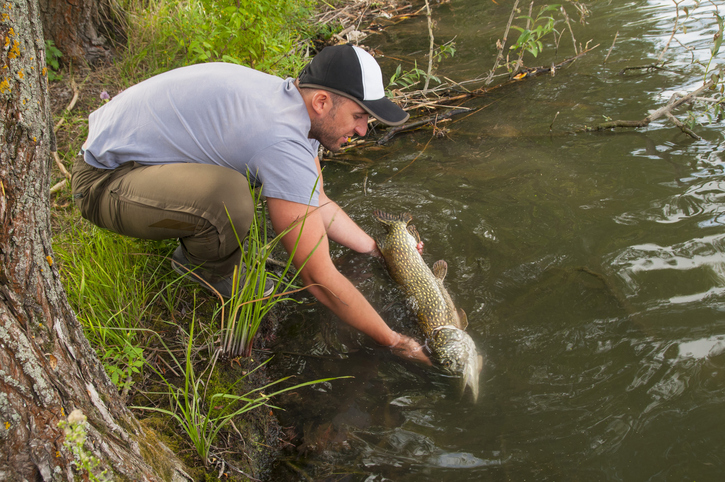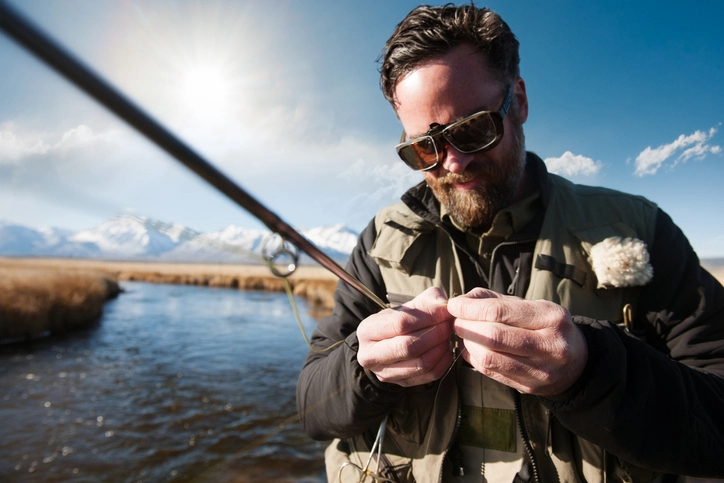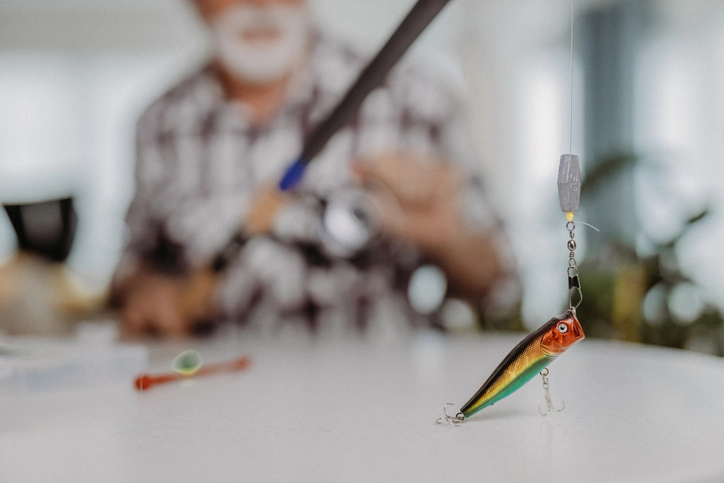Welcome to our exploration of pike fish! Today, we’re exploring what these fish eat and how it affects where they live and how they act. It’s super important for both anglers and scientists to understand this connection.
Let’s start by finding out what pike fish usually munch on. This will help us determine why they like certain spots more than others.
Stick around to uncover the cool links between pike diet, behavior, and where they chill. You’ll get a better idea of how their meals shape their awesome lives.
Pike Fish Diet
To understand how a pike fish’s diet influences its behavior, let’s explore what they eat. This sheds light on their role in nature and habitat preferences.
Pike fish, known for their big appetite, hunt smaller fish like perch, roach, and minnows. They use their camouflaged bodies and sharp teeth to catch prey in the water.
Yet, pike fish aren’t picky eaters. They also eat frogs, crayfish, and even small mammals or birds near the water’s edge. Their diet depends on their environment and food availability. In places with lots of prey fish, they focus on fish. But where there are fewer fish, they eat other prey.
Understanding the eating habits of pike fish is crucial for researchers and anglers. It directs fishing and conservation, safeguarding their behavior and survival in water ecosystems.
Influence of Pike Fish Diet on Behavior
Pike behavior is influenced by their diet. What they eat determines how they hunt and move. Pike adjust their hunting techniques based on prey availability. Using strategies like ambush or active pursuit.
Their diet also affects activity levels. Pike-consuming energy-rich prey are more active. While those with less nutritious diets may be less energetic. Understanding these relationships helps researchers and anglers target pike.
Diet-Driven Habitat Selection
Pike choose habitats based on food availability. They thrive where preferred prey is abundant. Like shallow waters with vegetation or areas with small fish schools. Food availability dictates pike population plenty and distribution. In ecosystems rich in pike prey, populations flourish; otherwise, they may be scarce.
Specific food sources influence pike behavior and movement. Pike gather where prey is plentiful, improving hunting success. Understanding diet-habitat links is vital for anglers and conservationists. Preserving natural food sources supports pike populations and ecosystem balance.
Interactions with Ecosystem: Pike Fish as Top Predator
Alright, so let’s talk about pikes being big shots in the underwater world. These fish are like the kings and queens of the pond because they’re at the top of the food chain. Their presence has a big effect on how other fish behave and where they hang out.
Because pike is around, smaller fish have to watch their backs and change up their routines to avoid becoming dinner. This creates important relationships between who eats who in the water.
What pike munch on and where they go to find food are super important. They like to chill where there are lots of snacks around, so they can gobble them up easily.
Basically, by keeping other fish populations in check, pike helps keep the underwater community healthy and diverse. Plus, they’re like the canary in the coal mine – if something’s up with the water, pike will be the first to show it. So, keeping an eye on pike numbers tells us a lot about how healthy our freshwater places are.

Human Impacts on Pike Diet and Behavior
So, humans can mess with pike’s eating habits and how they act. Things like messing up their homes with pollution or chopping down trees mess with the stuff they like to eat. When there’s not enough food around, pike have to change how they do things. Also, if people fish too much or use specific methods, it throws off the balance of the whole ecosystem. That means less food for the pike. When their diet changes, pike can get more aggressive and competitive. And that changes how they behave. Understanding and fixing things we do that mess with Pike is super important. Otherwise, it’s bad news for keeping them around for a long time.
Conclusion
So, what pike eat affects how they act and where they hang out, which is super important. They mainly eat whatever they can catch, and how they hunt and are active also plays a big role. Since pike are top predators, they impact how everything in their ecosystem works. It’s crucial to understand how humans mess with them and their homes. If we watch out for them and do things to protect them, we could avoid causing problems for pike and their whole environment.
FAQ
What’s the role of diet in pike behavior and location?
Pike diet affects their behavior and where they’re found.
What do pike eat?
Pike eat small fish, frogs, insects, and more.
How does diet affect pike behavior?
Diet influences feeding, activity, and hunting techniques.
How does diet affect pike location?
Pike choose habitats with abundant food.
What’s the role of pike in ecosystems?
Pike are crucial predators, maintaining balance in ecosystems.
How do human actions affect pike diet and behavior?
Human actions impact food sources, changing pike behavior.
Additional Resources:
2. Monitoring pike populations
3. Specific food sources influence pike behavior and movement
4. Pike-consuming energy-rich prey
5. crayfish


